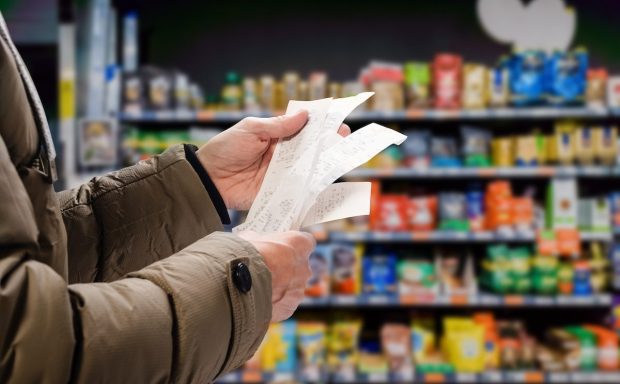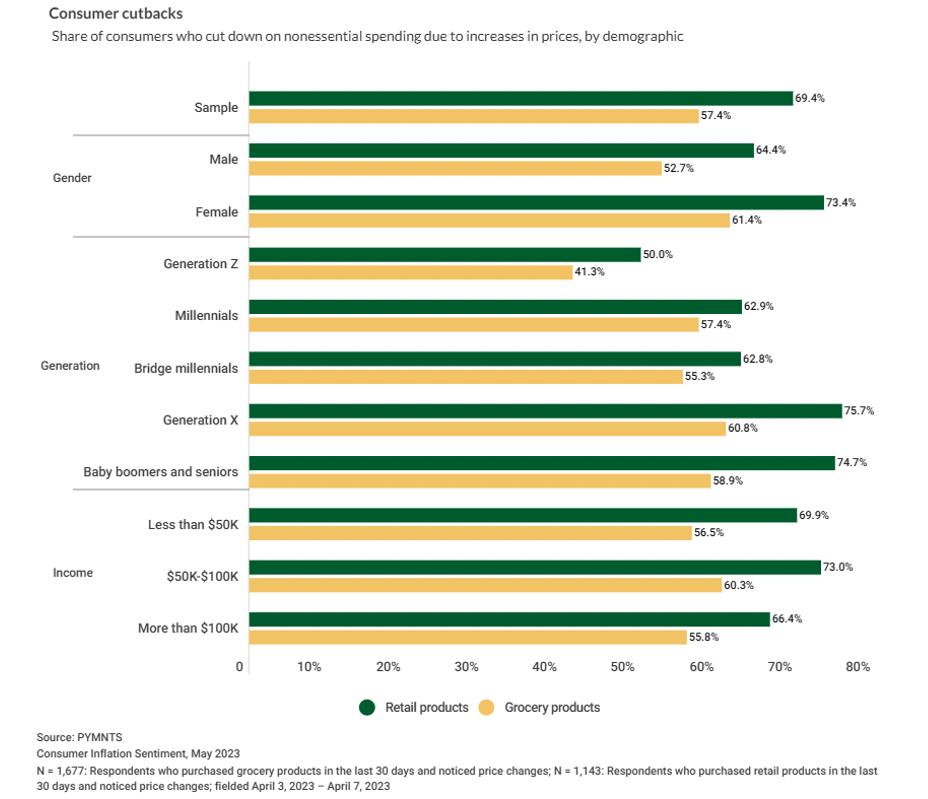Why Drip Pricing Works

We all loathe them: the added fees consumers only find out are part of the owed total when reaching checkout.
The term for this phenomenon is “drip pricing” and refers to such added surcharges as airline fees, sales tax and cleaning fees for Airbnb and similar platforms, The Wall Street Journal (WSJ) reported Friday (June 16).
Unlike tipping, these fees are non-negotiable. However, while consumers complain about these hidden charges, multiple academic studies show that 70% of shoppers prefer these price structures over total transparency.
Not wanting to consider a true total cost can be disastrous for consumers monitoring their budgets carefully to combat what seem like continual price increases. Per PYMNTS’ May “Consumer Inflation Sentiment” report, these are the majority of surveyed consumers.

The sample data indicated that most consumers are decreasing their non-essential spending, as 57% of those surveyed are cutting down on groceries deemed discretionary, and 69% are doing the same for other retail purchases. A deeper dive into the demographic data demonstrates a stronger pullback among certain segments, such as 76% of Generation X consumers and 74% of females overall cutting back on retail products.
With such overwhelming shares of consumers in select demographics cutting non-essential spending, it may be assumed that at least some portion of these consumers does not budget for drip pricing. They could be in for a rude shock at checkout, especially if the item is both big-ticket and essential, as may be the case with items like appliance replacements.
In recent months, the Consumer Financial Protection Bureau (CFPB) and the President Joe Biden administration have waged a campaign against “junk fees,” some of which drip pricing falls under the purview. Although no legislation is yet in place, the administration has introduced a guideline for states with suggestions on how to get rid of these fees, including steps such as legislation introduction, enforcement of existing laws or putting fee limits in the contracts they sign with vendors. While nothing has been officially enacted, enforcement by the CFPB on these fees could require more price transparency from merchants or even banning some of these practices.
The good news for consumers? As WSJ points out, although mandatory to complete a purchase, drip pricing does vary between merchants. It may do bargain-hunting consumers well to remember that the lowest base price may not be the lowest final price.
While consumers seem to prefer the psychology of more complex pricing, it may affect some carefully planned bottom lines. Although merchant comparisons may help, consumers may discover that when budgeting, it may be best to consider all costs instead of risk an unpleasant surprise at checkout.
